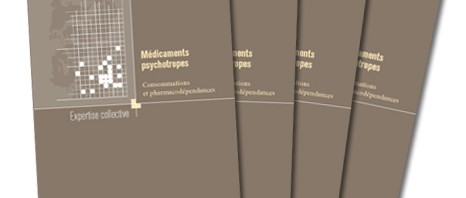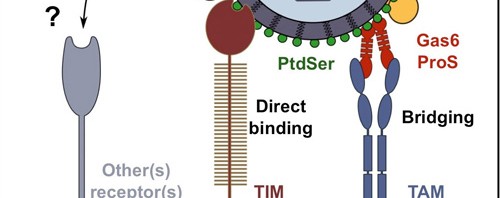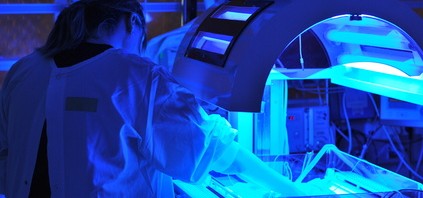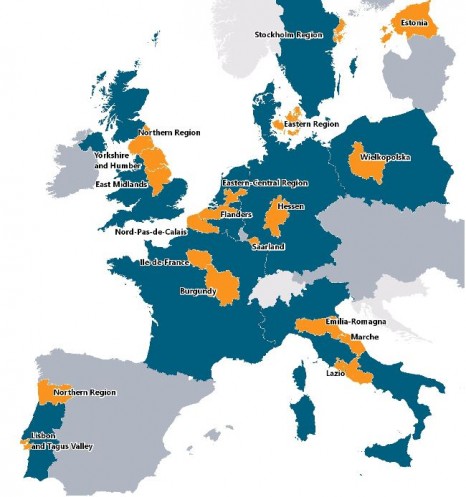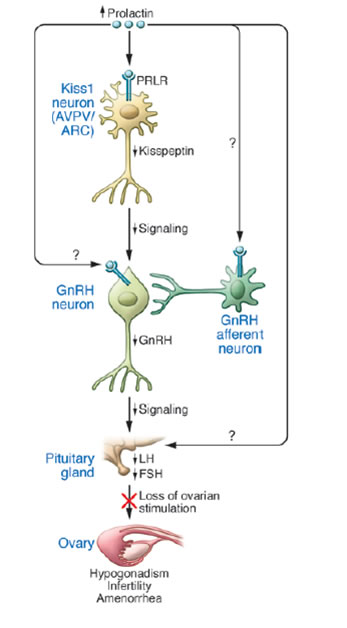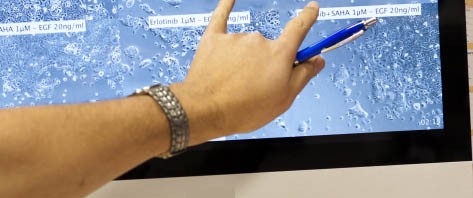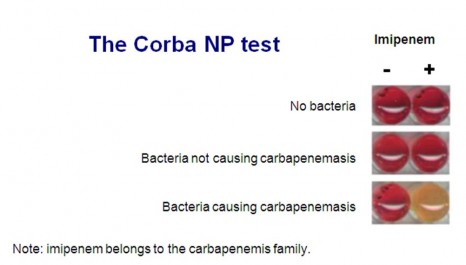Nathalie Vergnolle, director of research at Inserm, and her team at the Centre for Physiopathology at Toulouse Purpan (CPTP Inserm / Université Toulouse III – Paul Sabatier /CNRS), with Philippe Langella director of research at INRA and his team at the Institut Micalis[1], in collaboration with the Institut Pasteur, have recently succeeded in producing “beneficial bacteria” capable of protecting the body against intestinal inflammation. This protection is provided by a human protein, Elafin, which is artificially introduced into dairy produce bacteria (Lactococcus lactis and Lactobacillus casei). In time, this discovery could be useful for individuals suffering from chronic inflammatory diseases such as Crohn’s disease or ulcerative colitis.
The results of this research were published in the Science Translational Medicine review on 31 October 2012.
InFrance, nearly 200,000 individuals suffer from chronic inflammatory bowel disease, known as IBD, (specifically Crohn’s disease and ulcerative colitis). The occurrence rate of this type of disease continues to rise (8,000 new cases diagnosed per year). During inflammatory outbreaks, IBDs are chiefly characterised by abdominal pain, frequent diarrhoea (sometimes with bleeding) or even disorders in the anal area (fissure, abscesses). These symptoms mean that taboos are associated with these diseases.
Different avenues are being explored to explain the origin of IBDs, including the role of genetic or environmental factors. The intestinal flora seems to play an important role in the outbreak of inflammation, although little is known about it. Identifying an effective treatment is also at the heart of the investigations.
Researchers are focussing on a human protein, known for its anti-inflammatory proprieties: Elafin. Although this protein is found naturally in the intestine to protect it against attacks, it disappears in patients suffering from IBDs.
Their hypothesis? Administering Elafin directly into the intestine could protect against inflammatory attacks and restore intestinal equilibrium and its functions.
Using non-pathogenic bacteria found naturally in the intestine and food, scientists from Inserm and Inra have designed modified bacteria to produce Elafin. To this end, the human Elafin gene, isolated in collaboration with a team from the Institut Pasteau, was introduced in Lactococcus lactis and Lactobacillus casei, two food-grade bacteria found in dairy products.
Results in mice…
When administered orally to mice, the human Elafin-producing bacteria are found a few hours later on the surface of the intestine where they deliver the anti-inflammatory protein. In different mice models of chronic or acute intestinal inflammation, oral treatment using these Elafin-producing bacteria provided significant protection of the intestine and decreased inflammatory symptoms.
… and in humans
Elafin expressed by these bacteria also protects cultured human intestinal cell lines from inflammatory outbreaks similar to those observed in chronic inflammatory bowel diseases. Elafin produced in this way restores the equilibrium of intestinal mucus by reducing inflammation and accelerating cell healing processes.
Potential clinical applications
These results may result in a clinical application where Elafin would be administered to patients suffering from IBDs using beneficial bacteria (probiotic), which are already commonly found in food (yoghurt, cheese), thus protecting the patients from inflammatory symptoms. According to the researchers “This kind of secure treatment could even be used over the long-term, to treat inflammatory diseases”.
This research is protected by a patent and an exclusive licence assigned to an industrial partner, managed by Inserm Transfert.
[1] Institut MICrobiologie de l’ALImentation au Service dela Santé Humaine (INRA/AgroParisTech) in Jouy-en-Josas




